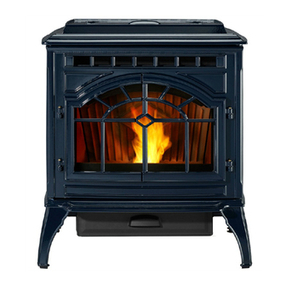Quadra-Fire SANTAFE-MBK User manual
Other Quadra-Fire Pellet Stove manuals

Quadra-Fire
Quadra-Fire MTVERNON-AE-CSB User manual
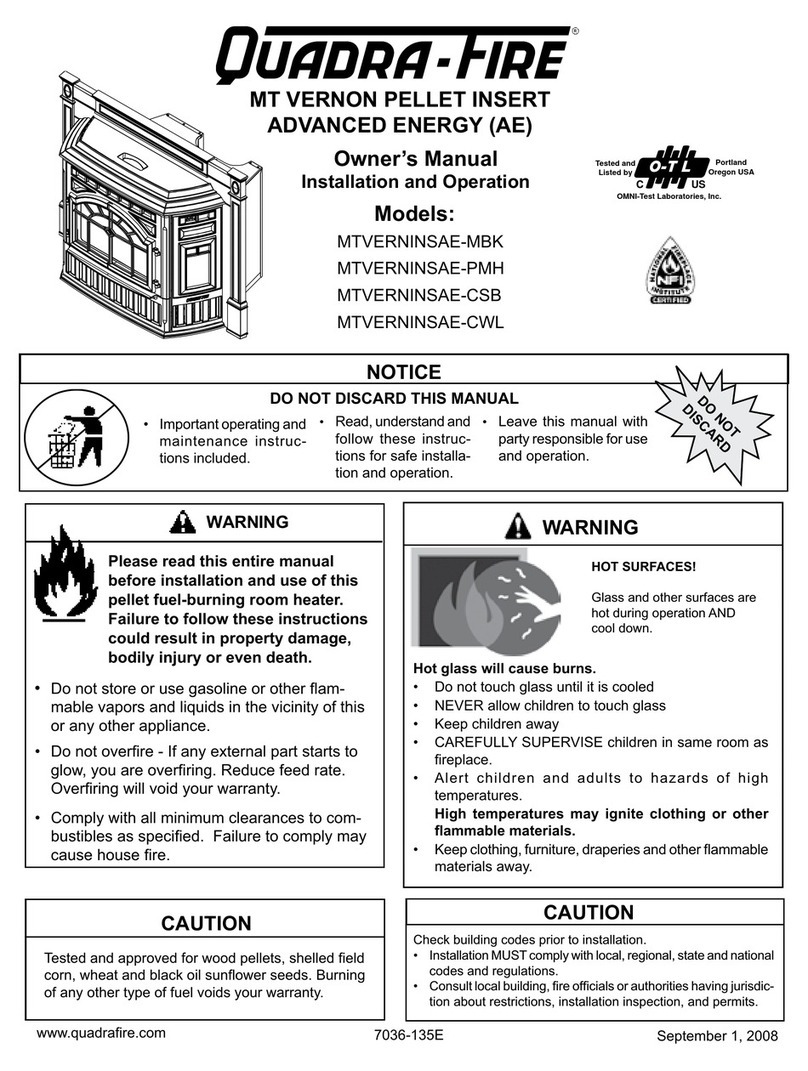
Quadra-Fire
Quadra-Fire MT VERNON Pellet Insert Advanced Energy (AE)... User manual

Quadra-Fire
Quadra-Fire SANTA FE User manual
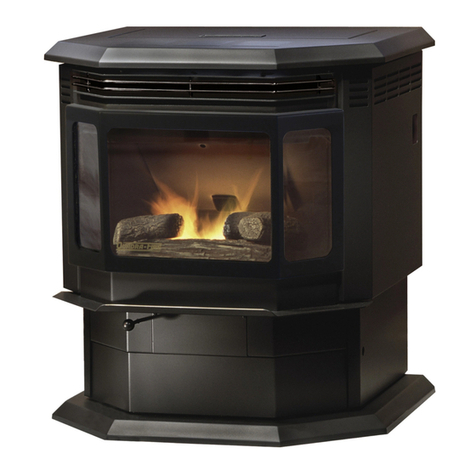
Quadra-Fire
Quadra-Fire CB1200-I Pellet Insert CB1200I-B User manual

Quadra-Fire
Quadra-Fire MTV-E2-CSB User manual

Quadra-Fire
Quadra-Fire MTV-E2-CSB User manual

Quadra-Fire
Quadra-Fire CASTILEI-MBK Safety guide

Quadra-Fire
Quadra-Fire 1000 Gold Owner's manual

Quadra-Fire
Quadra-Fire SANTAFE-B1 User manual
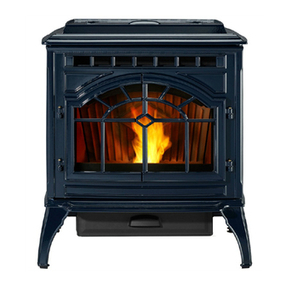
Quadra-Fire
Quadra-Fire MT VERNON E2-C User manual

Quadra-Fire
Quadra-Fire CB1200M-MBK User manual

Quadra-Fire
Quadra-Fire CASTILE-MBK-B User manual
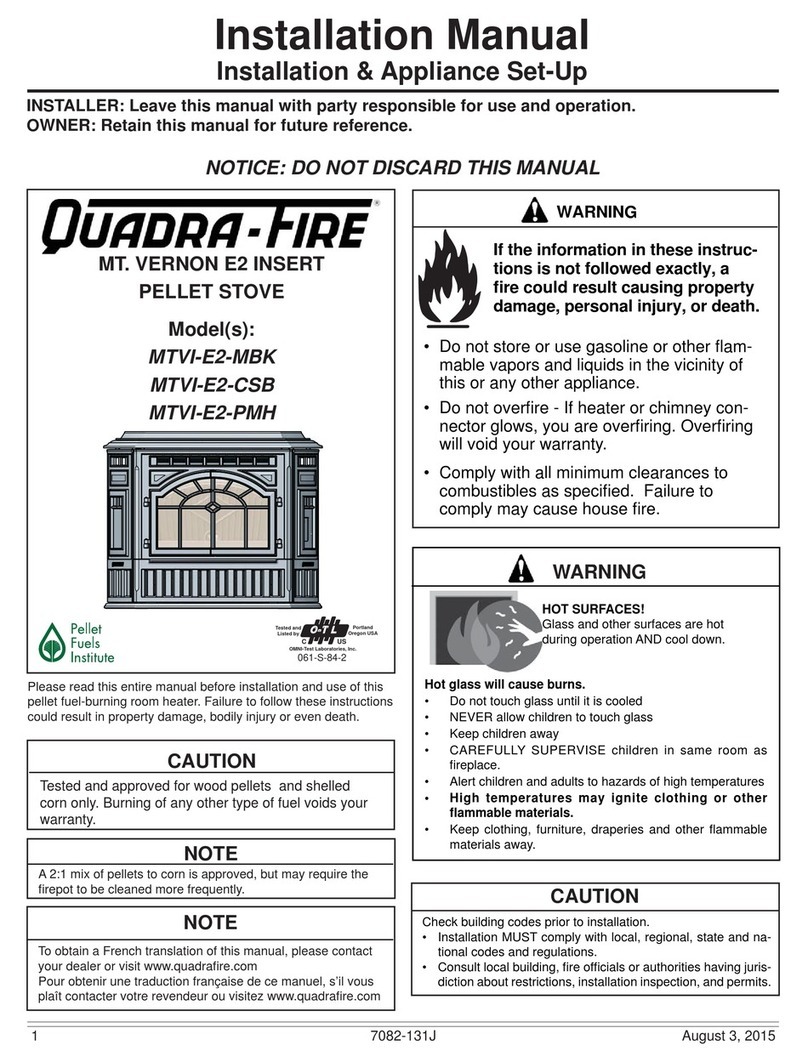
Quadra-Fire
Quadra-Fire MTVI-E2-MBK User manual

Quadra-Fire
Quadra-Fire MTVERNON-AE-MBK Safety guide

Quadra-Fire
Quadra-Fire MTVERNON-AE-MBK Safety guide

Quadra-Fire
Quadra-Fire SANTAFE-MBK User manual
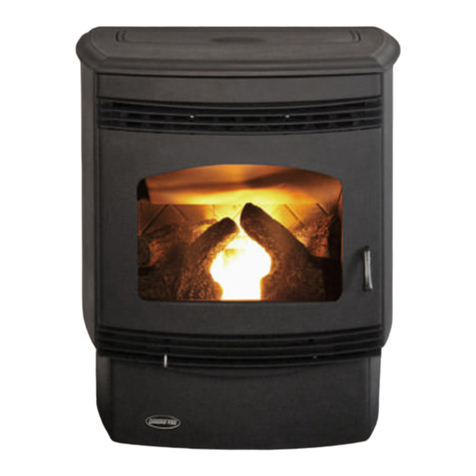
Quadra-Fire
Quadra-Fire SANTAFE-MBK User manual

Quadra-Fire
Quadra-Fire MTVERNINSAE-MBK User manual

Quadra-Fire
Quadra-Fire CASTILE-MBK-B User manual

Quadra-Fire
Quadra-Fire CB1200M-MBK User manual
Popular Pellet Stove manuals by other brands

Cadel
Cadel aquos 24 h2O Installation, use and maintenance manual

vicenza
vicenza V4.5 Installation and operating instructions

MCZ
MCZ VIVO 90 COMFORT AIR 9 M1 Use and installation guide

Ferroli
Ferroli GEMMA Installation, use and maintenance manual

pleasant hearth
pleasant hearth PH35PS Series owner's manual

England's Stove Works
England's Stove Works 25-EP Installation & operation manual
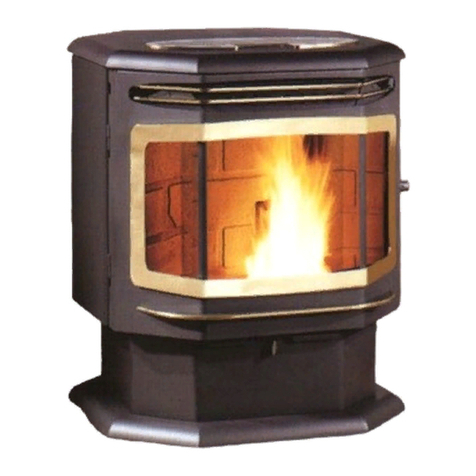
Avalon
Avalon Astoria instruction manual

Spartherm
Spartherm Mellino Installation and service instructions

United States Stove
United States Stove American Harvest 6039 owner's manual

Extraflame
Extraflame DUCHESSA IDRO user manual

SMG
SMG ComfortBilt HP21 Operator's manual
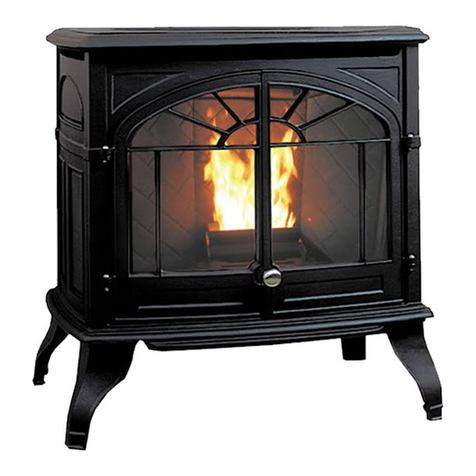
Enviro
Enviro Empress-A-FS owner's manual

